MIND'S EYE
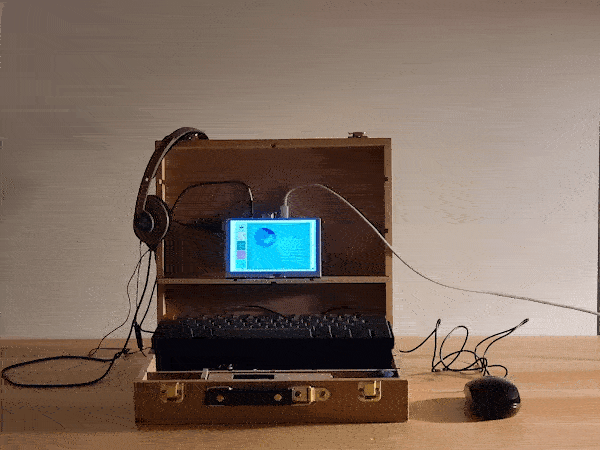
The piece, 'Mind’s Eye', is an interactive art experience meant to give an audience the space to explore the tension between internal space and external space. Displayed in a case is a computer along with various found/made objects. While the computer is meant to represent one’s internal mind, the various objects are meant to represent the external world. Placed together, one can start to see the intermixed relationship between internal and external. This piece ultimately works to show various ways in which one can experience reality. On the computer screen is an interface that allows one to choose from 5 different interactives. The first explores complacency; the second, meditative observation; the third, label interpretation and definition; the fourth, reliability and trust with oneself; and the fifth, perceived control. (These interactives are described in more detail below). Along with these 2D and 3D elements is accompanying audio, improvisational music inspired by the various concepts explored. Overall, this piece is meant to explore concepts such as, mental interpretation, observation, boundaries of reality, and discrepancies between one’s own mind and the world around them. Mind’s Eye not only dives into these ideas but also highlights the beauty in complexity, ultimately sparking a sense of gratitude and fascination for the world around us.
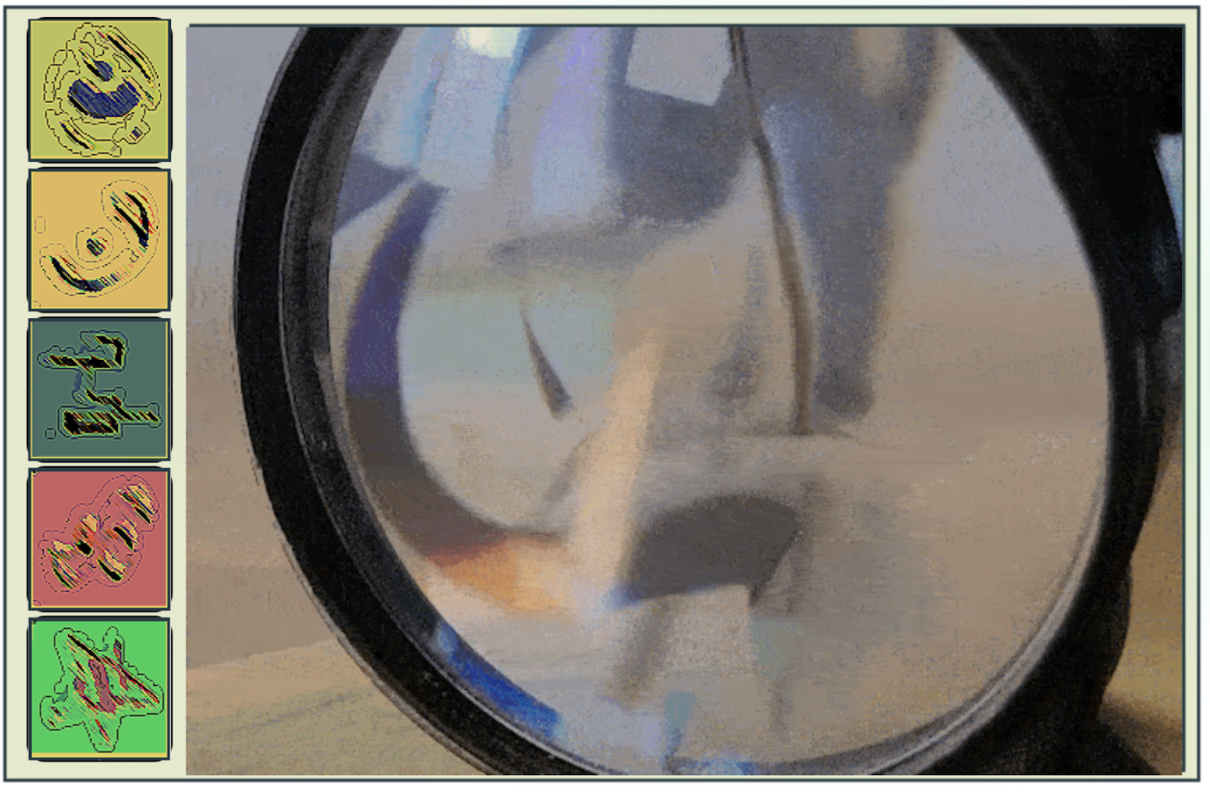
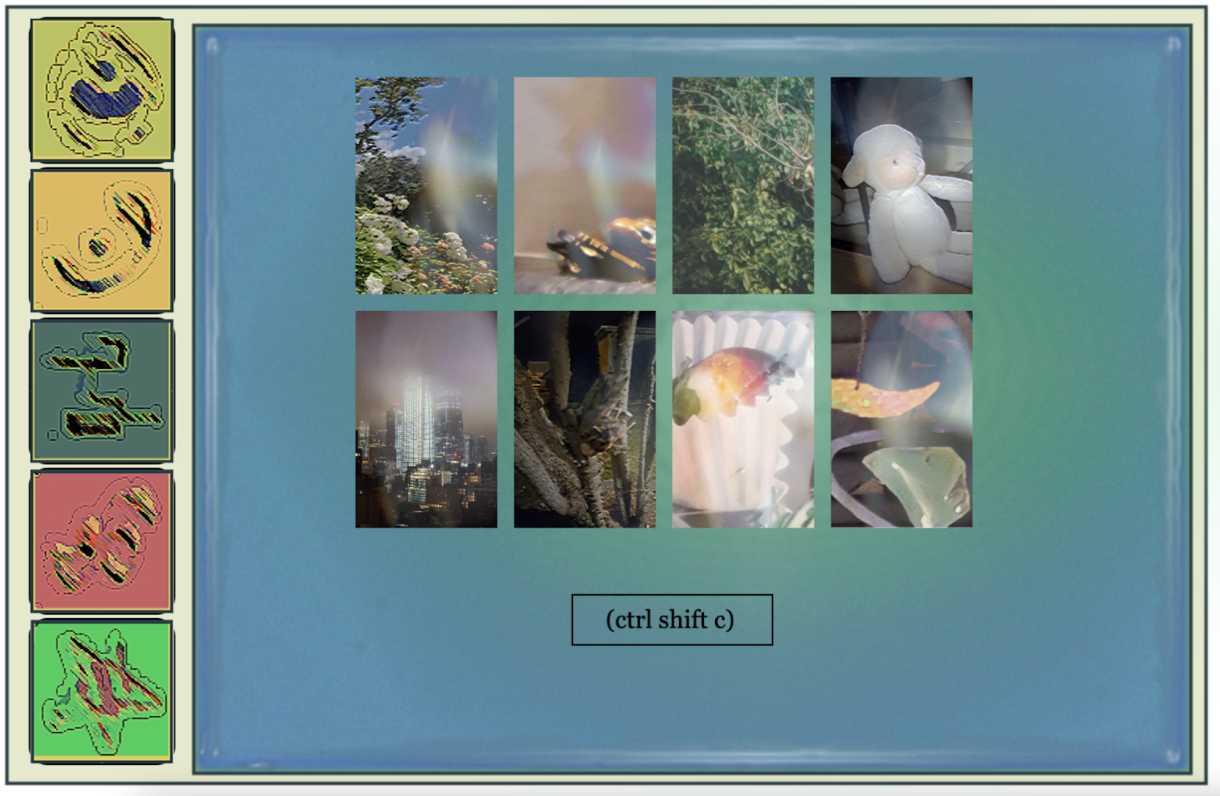
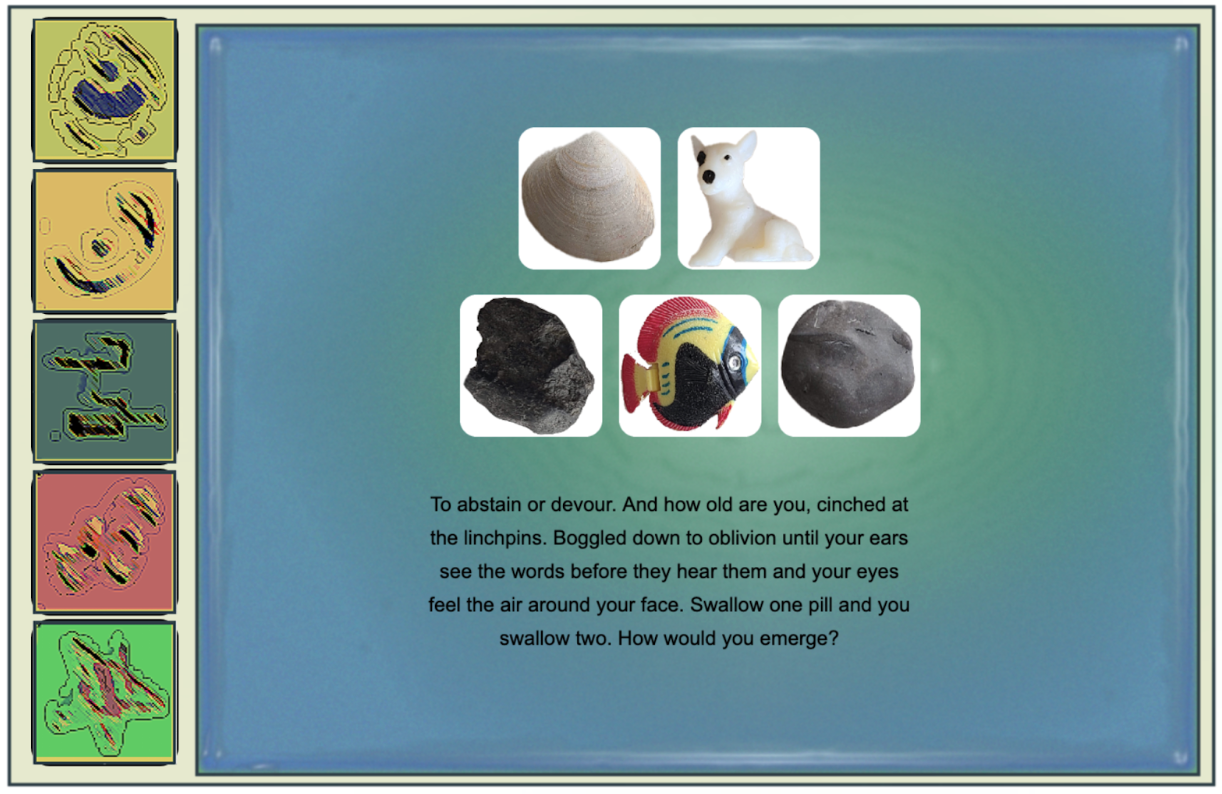
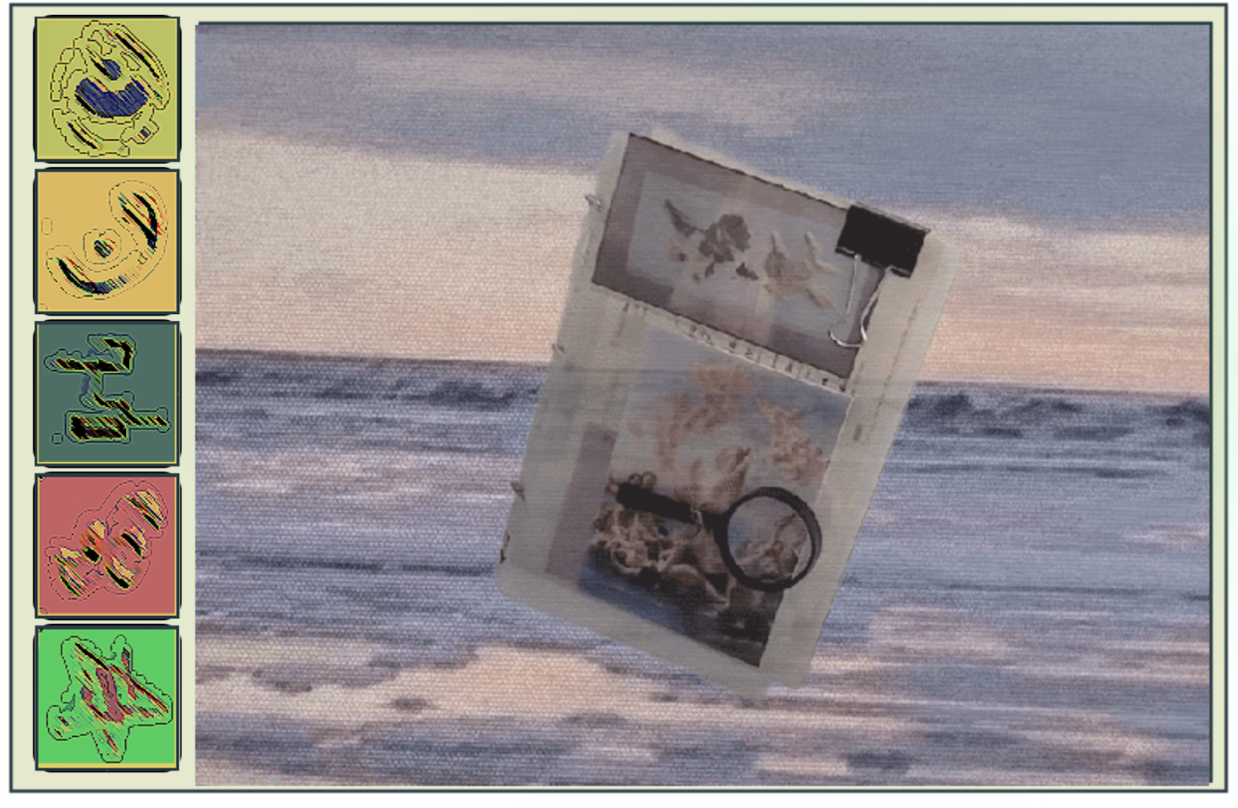
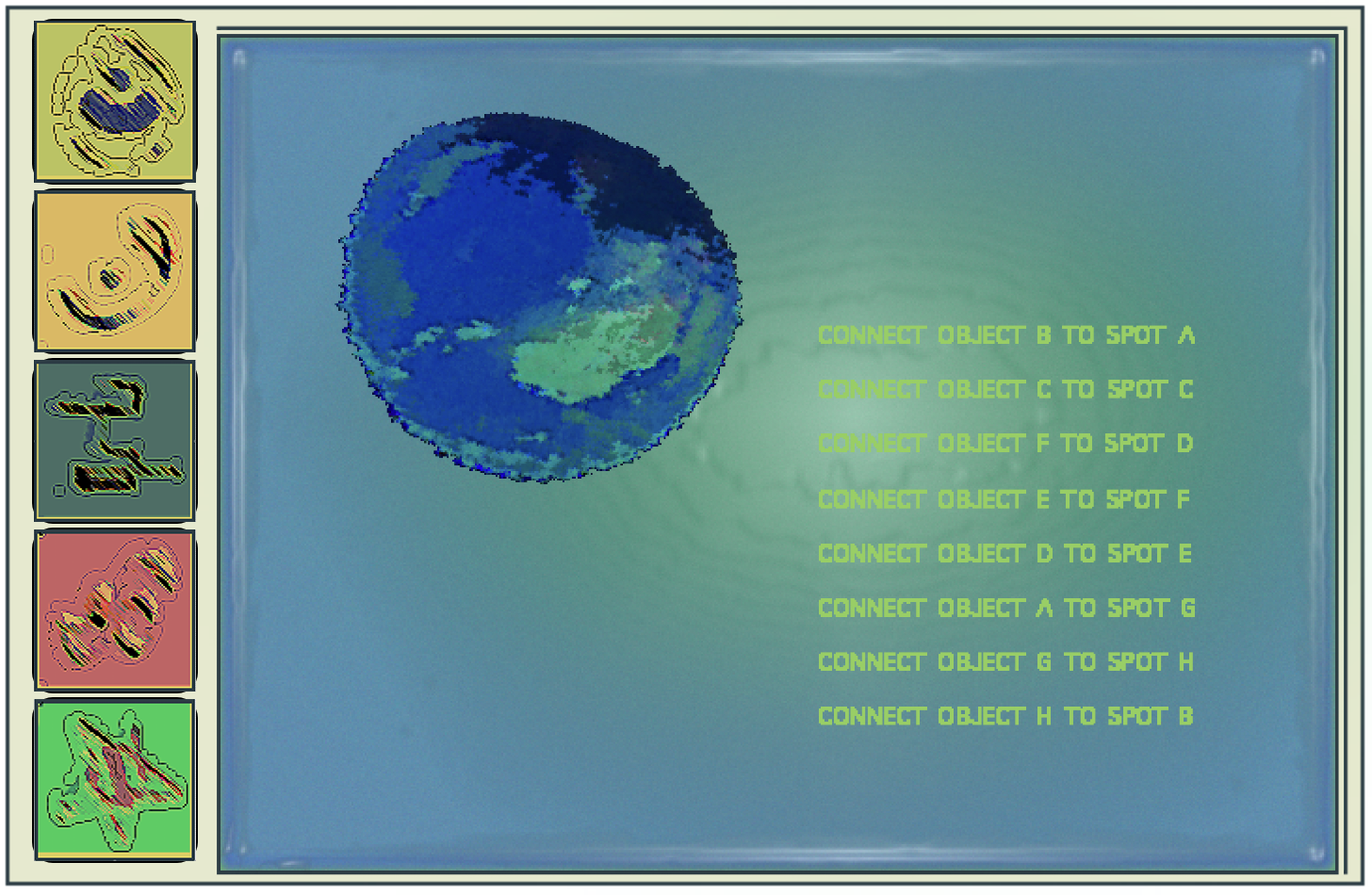
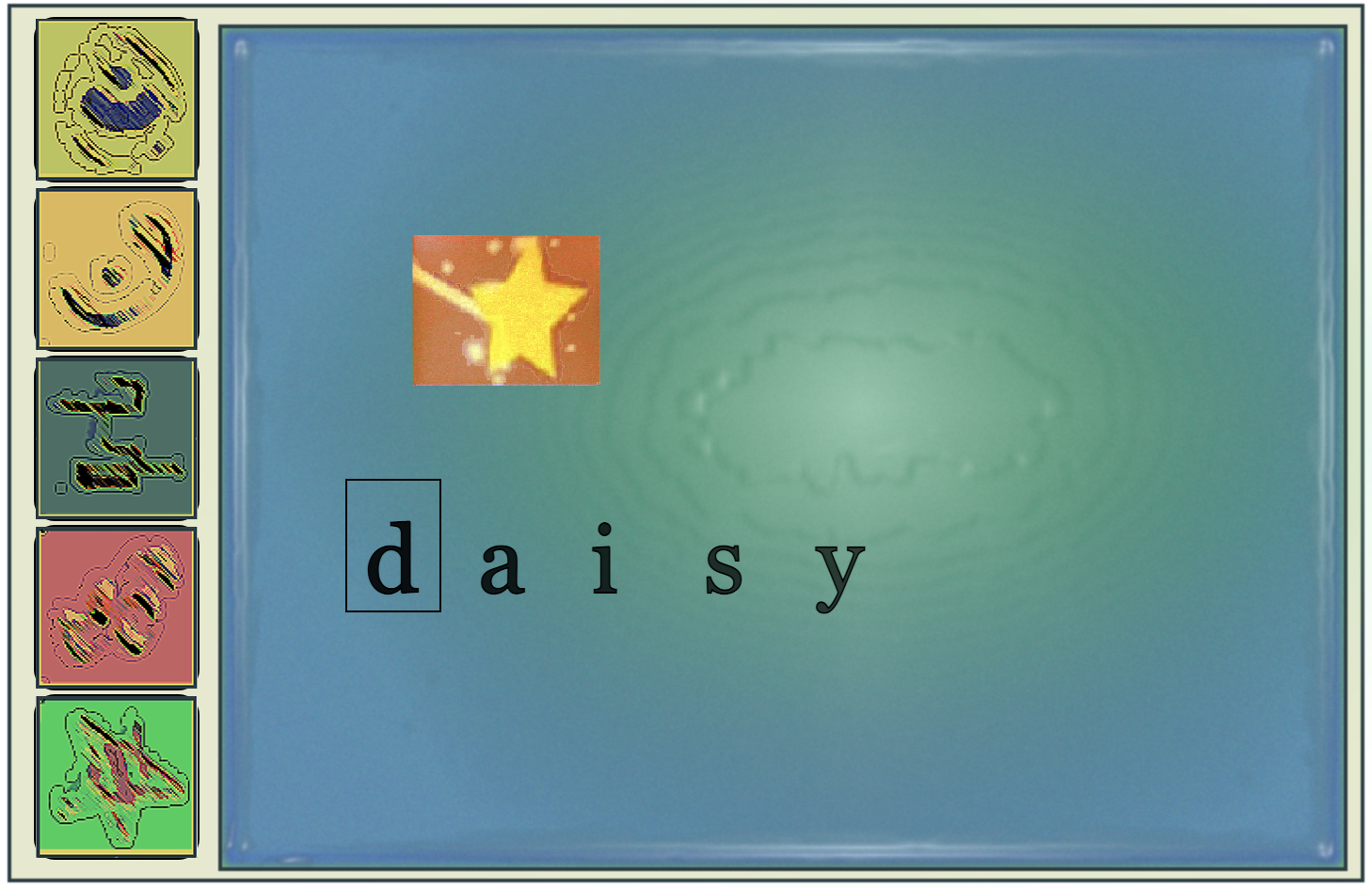
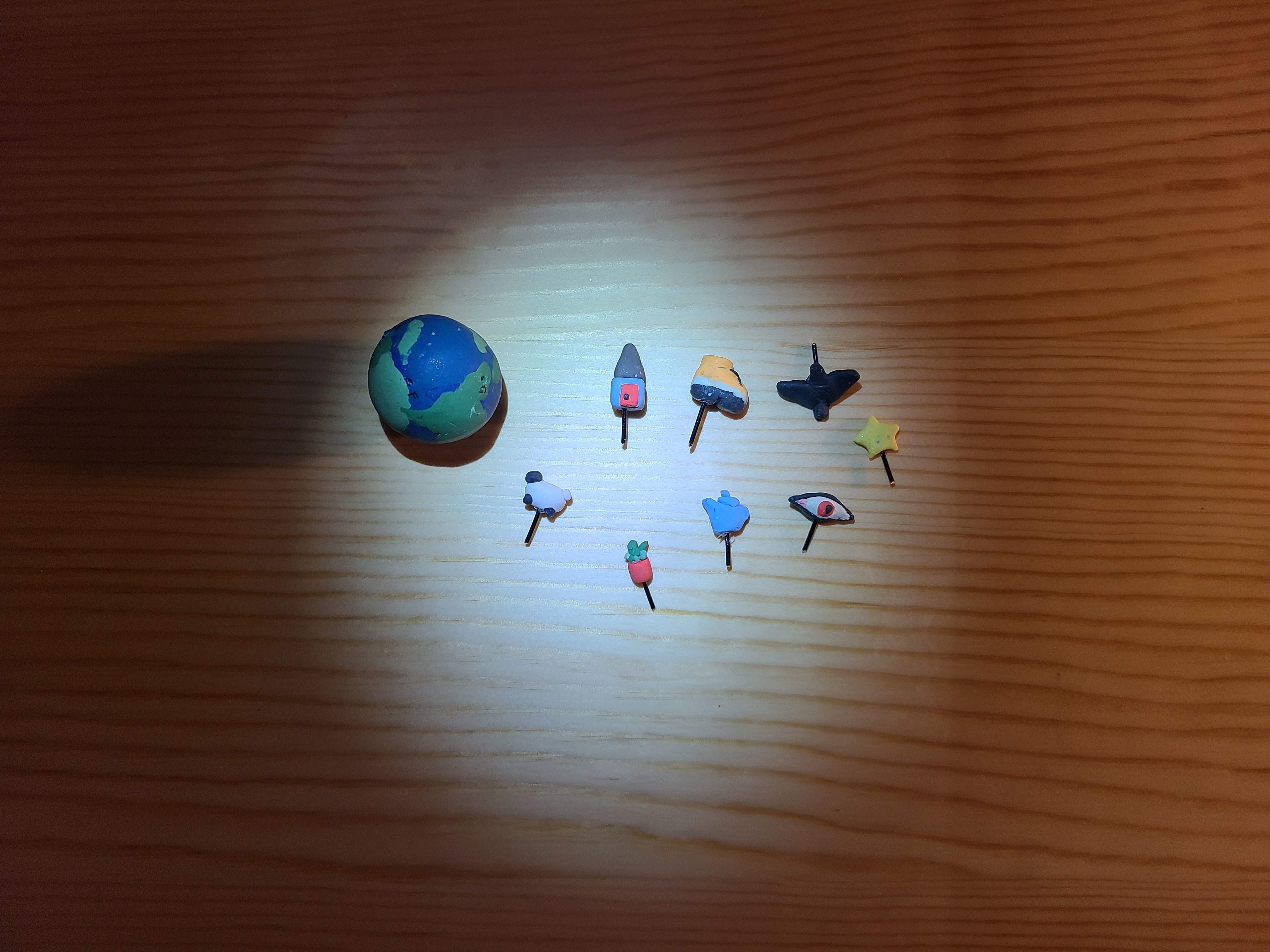
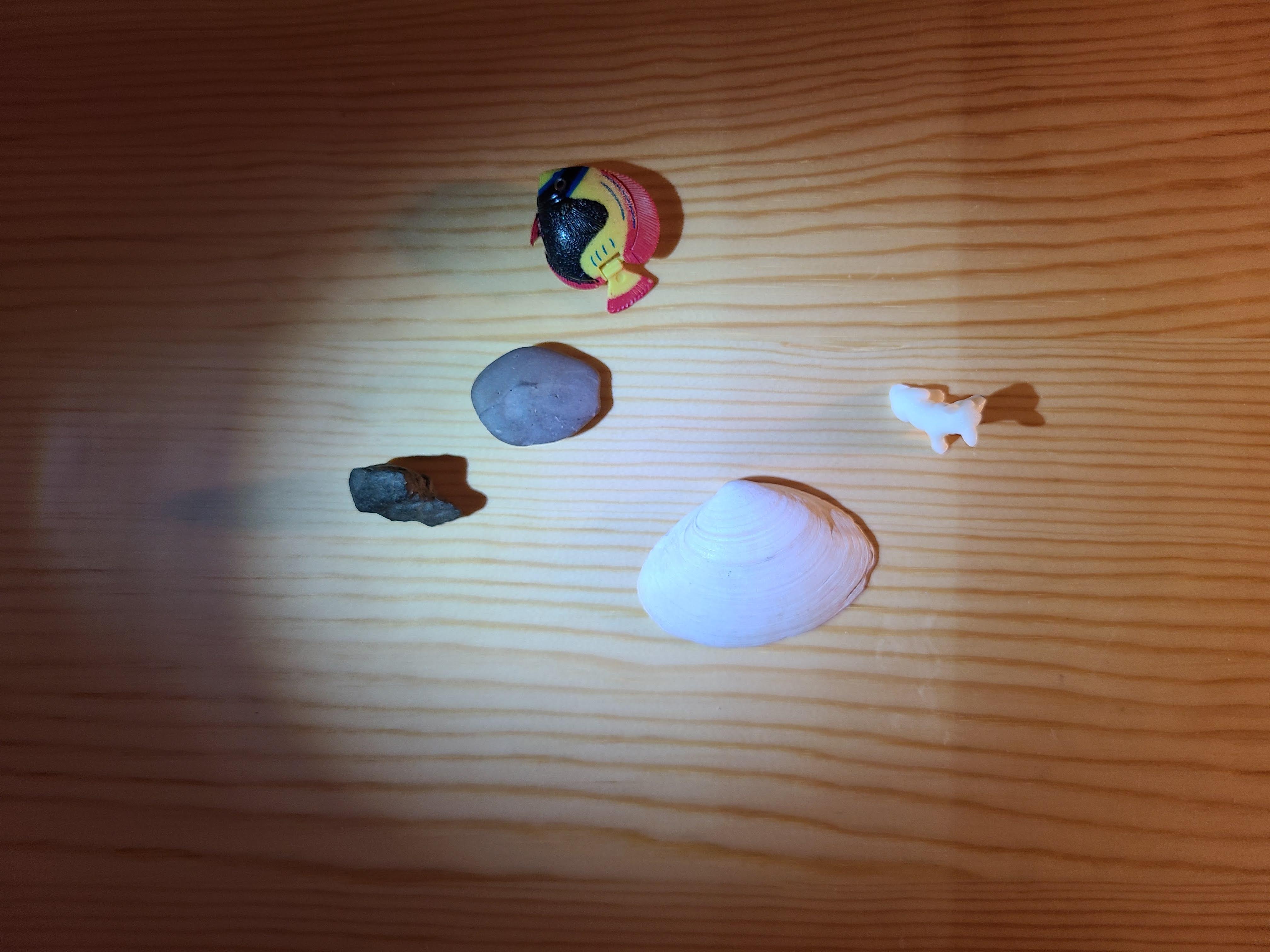
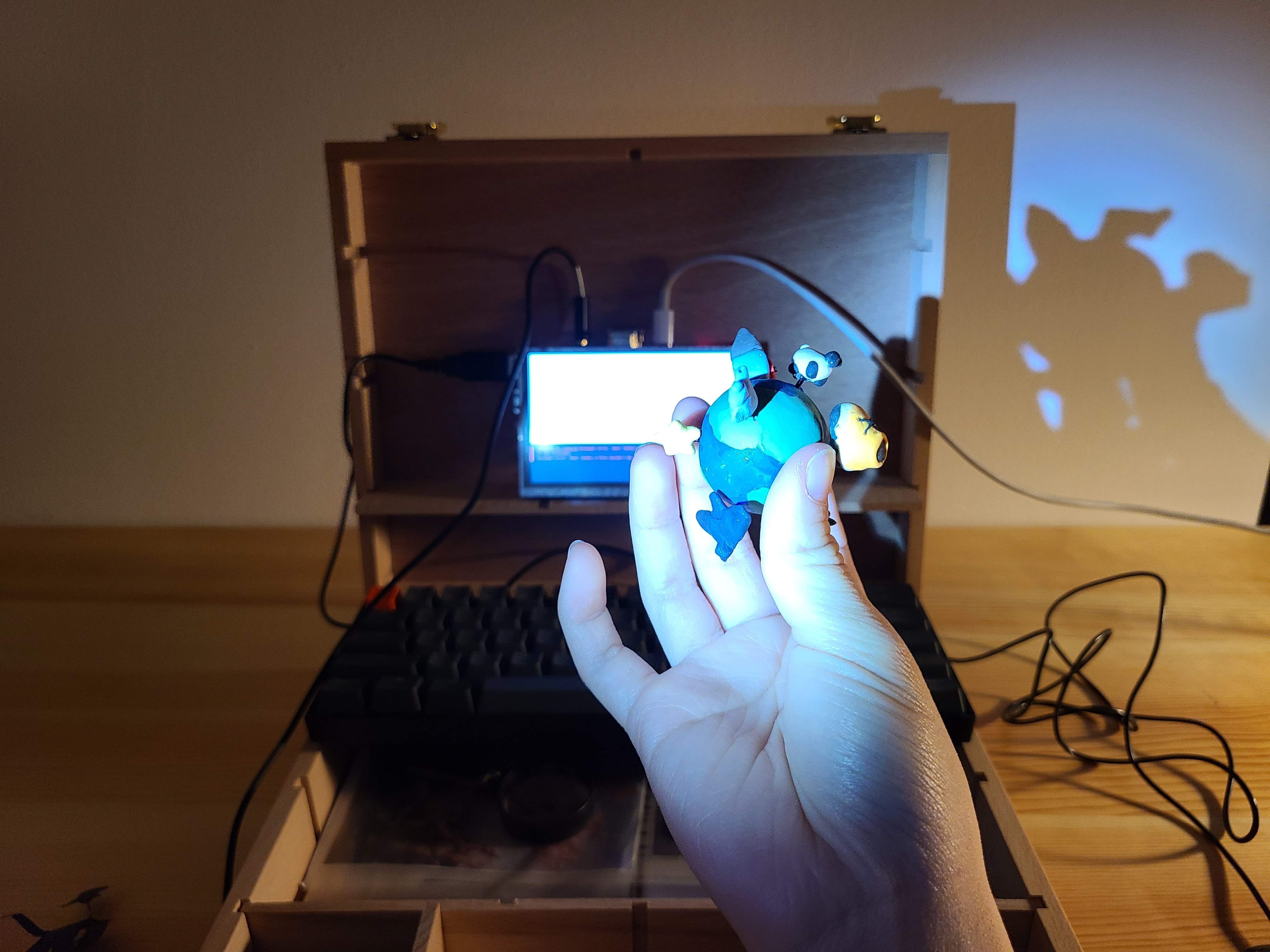
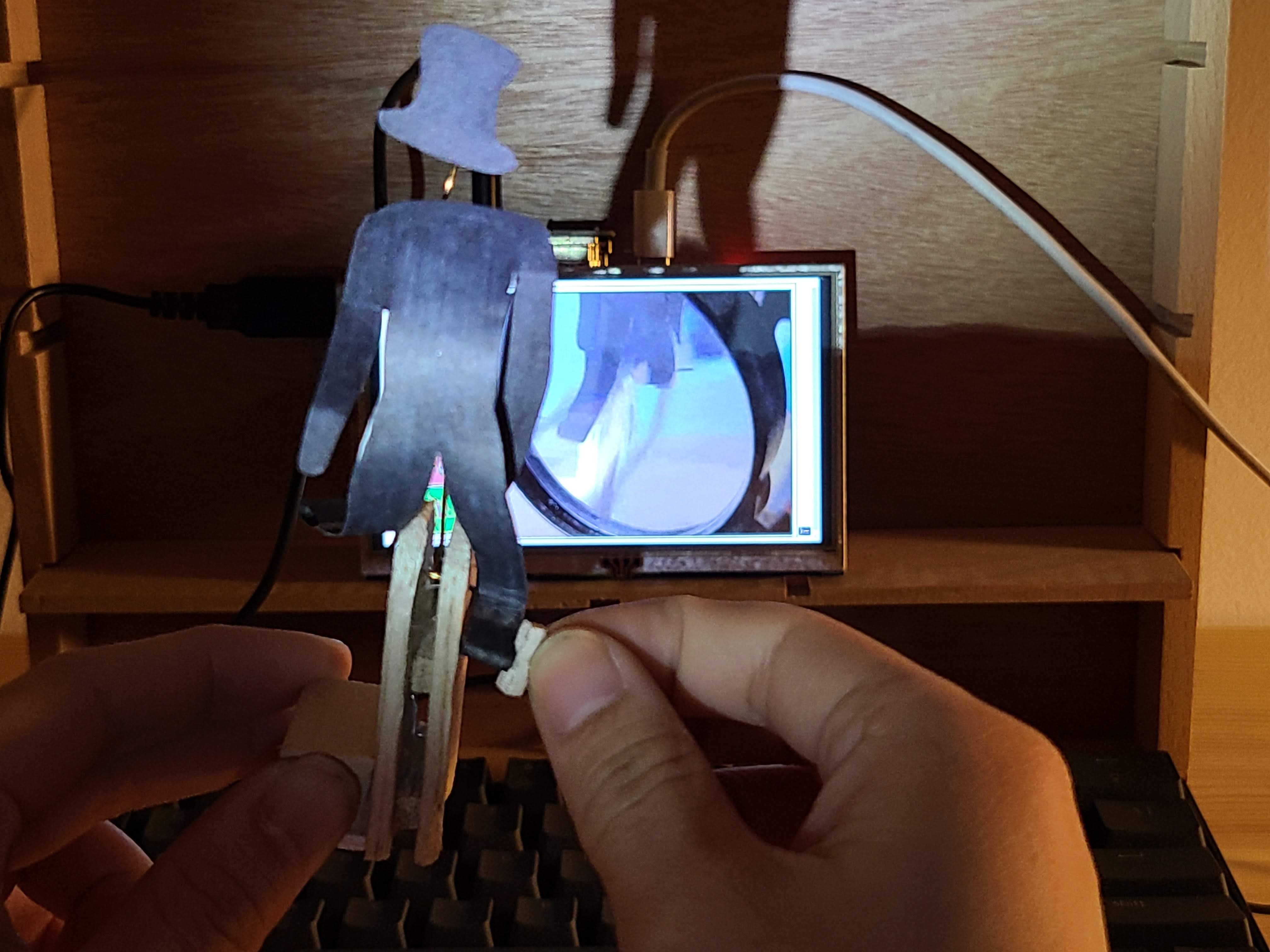
.gif?v=1676820223322)
.gif?v=1676820224148)
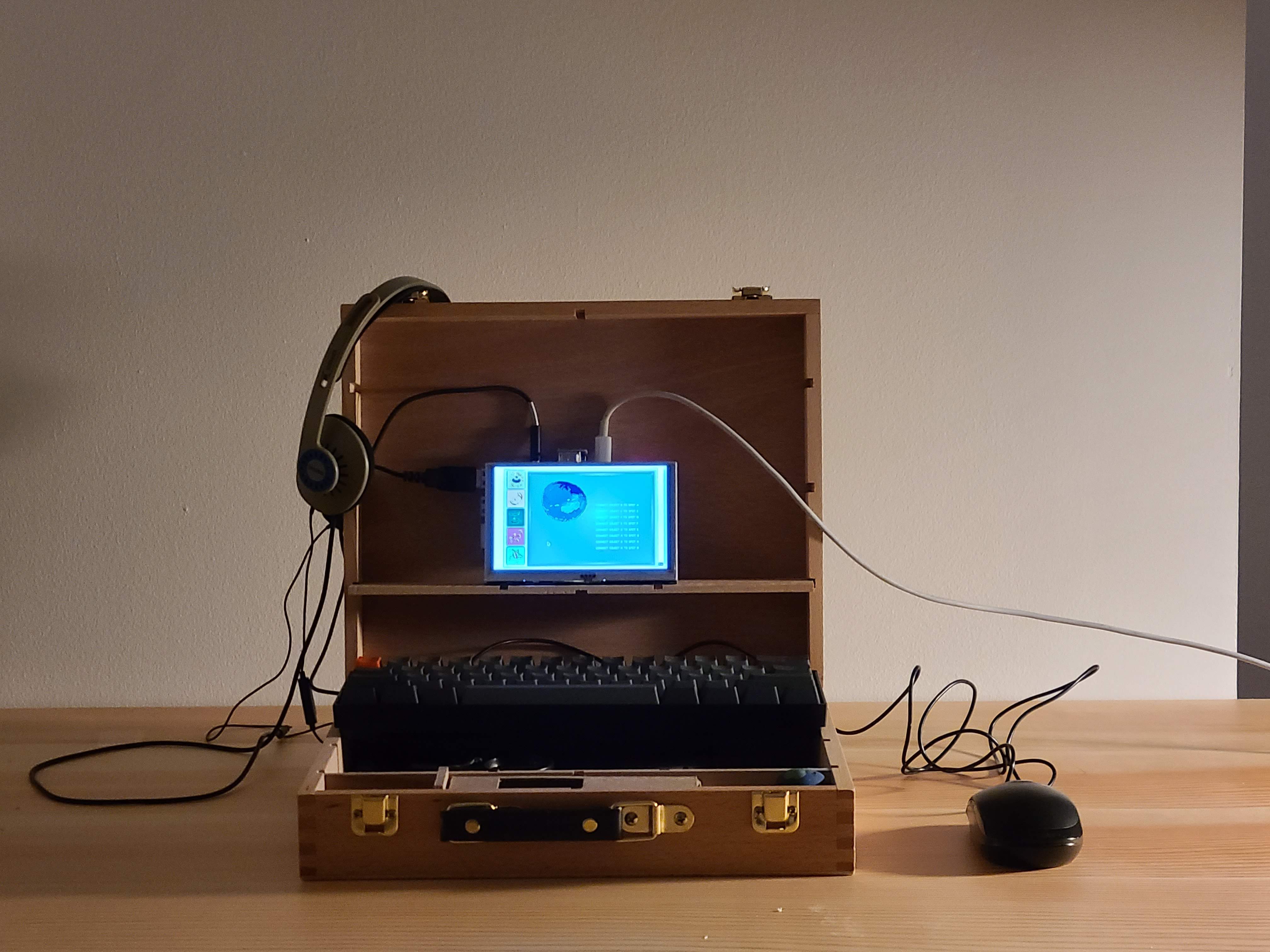

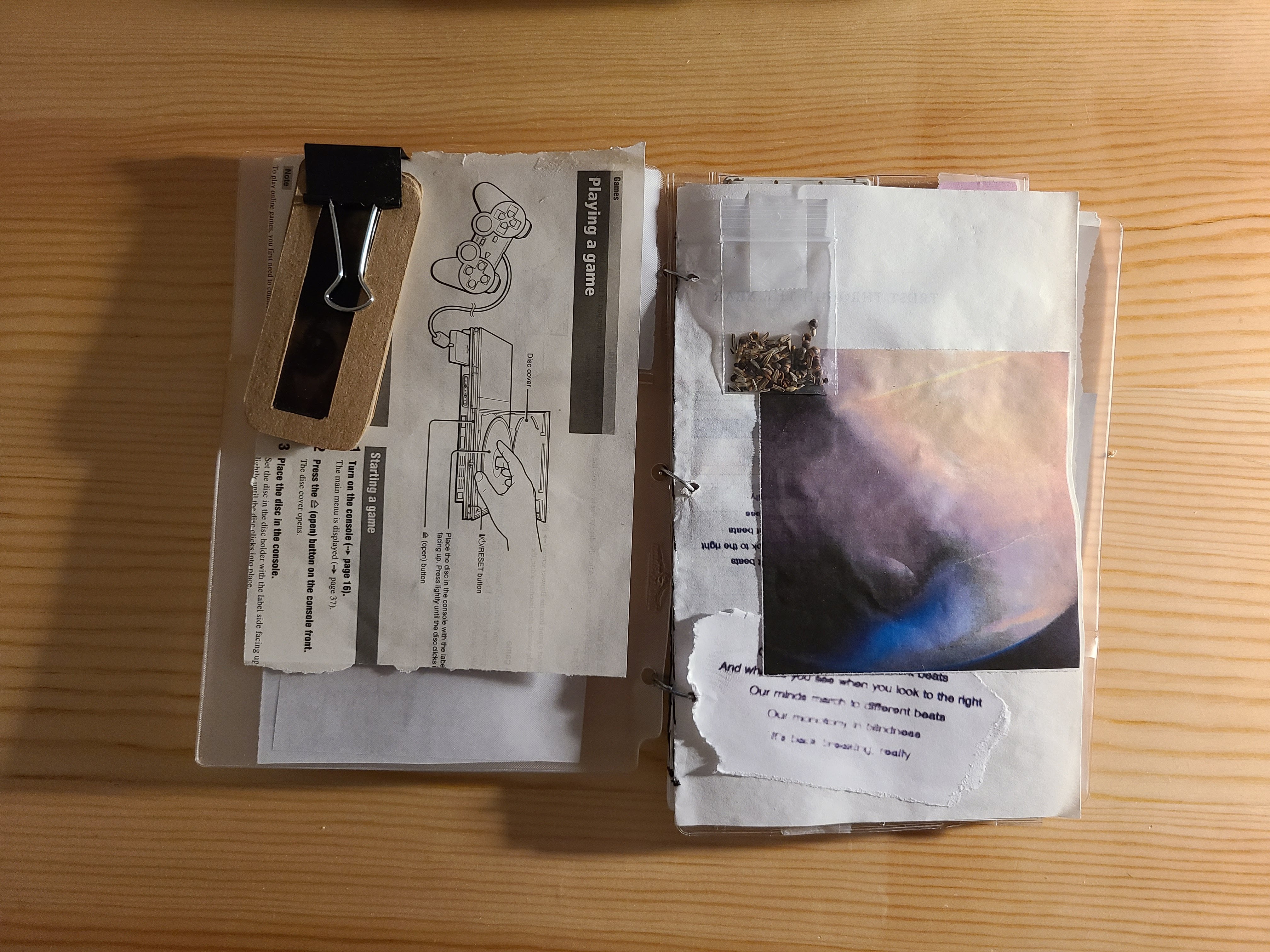
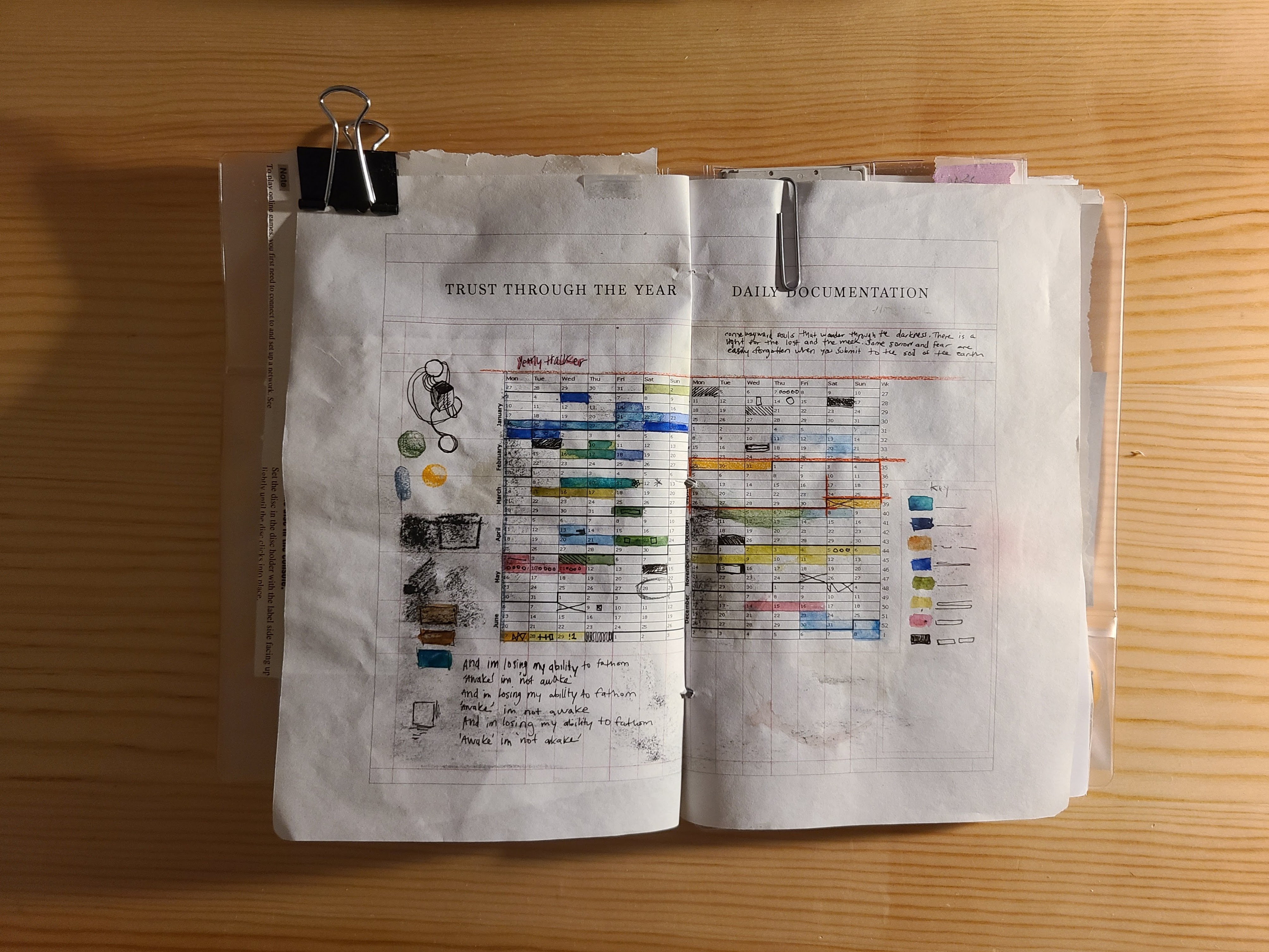
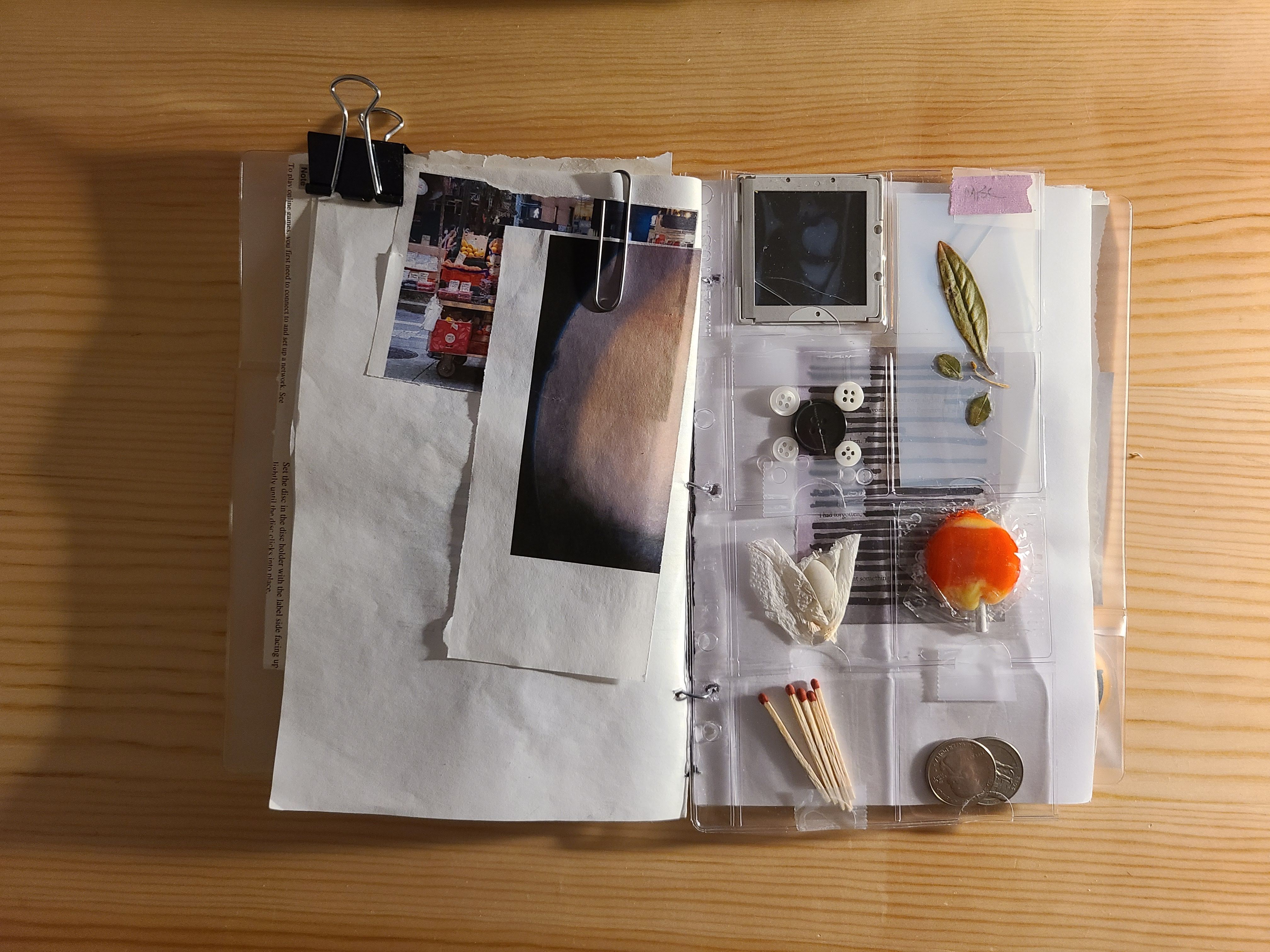
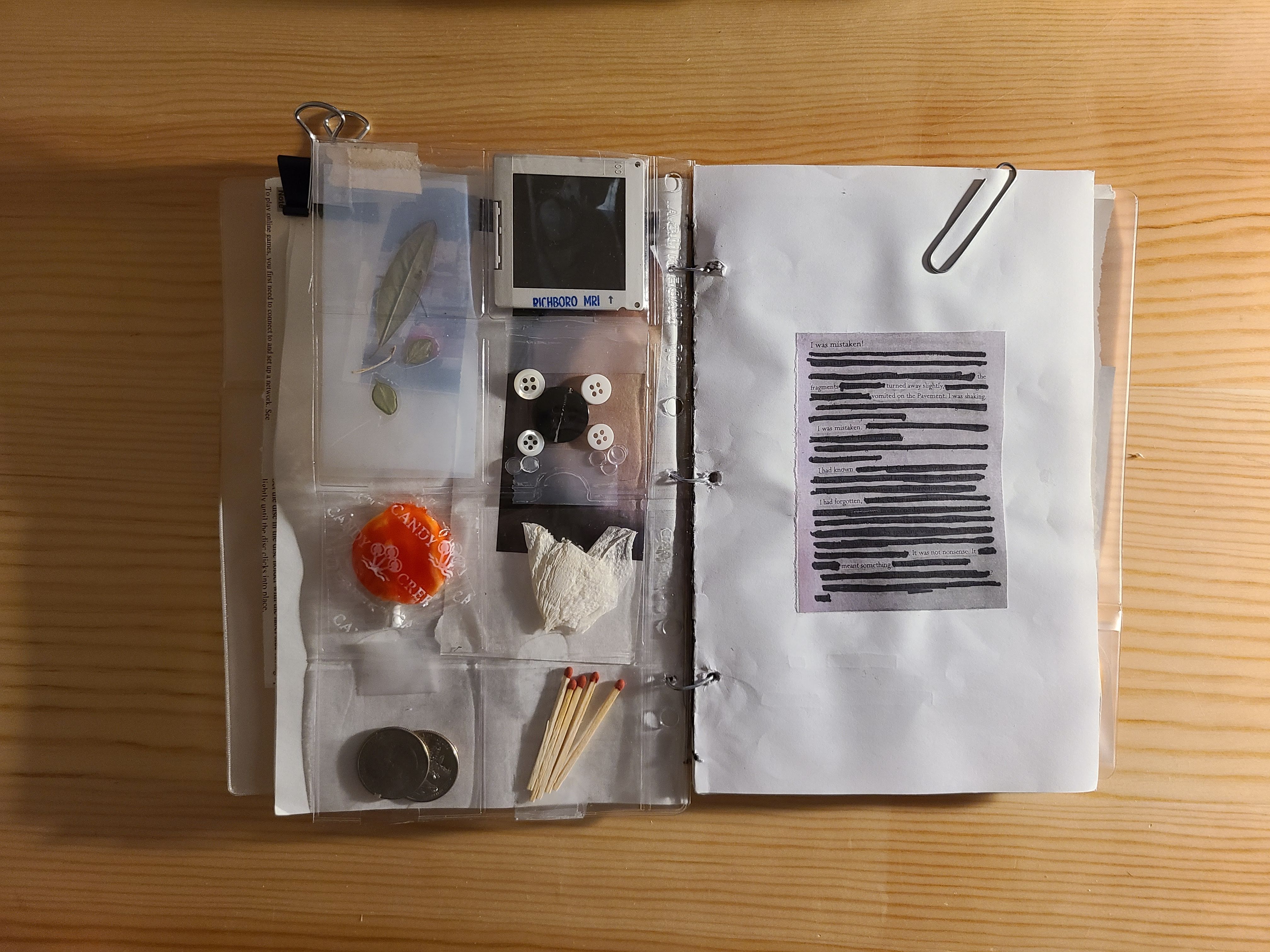
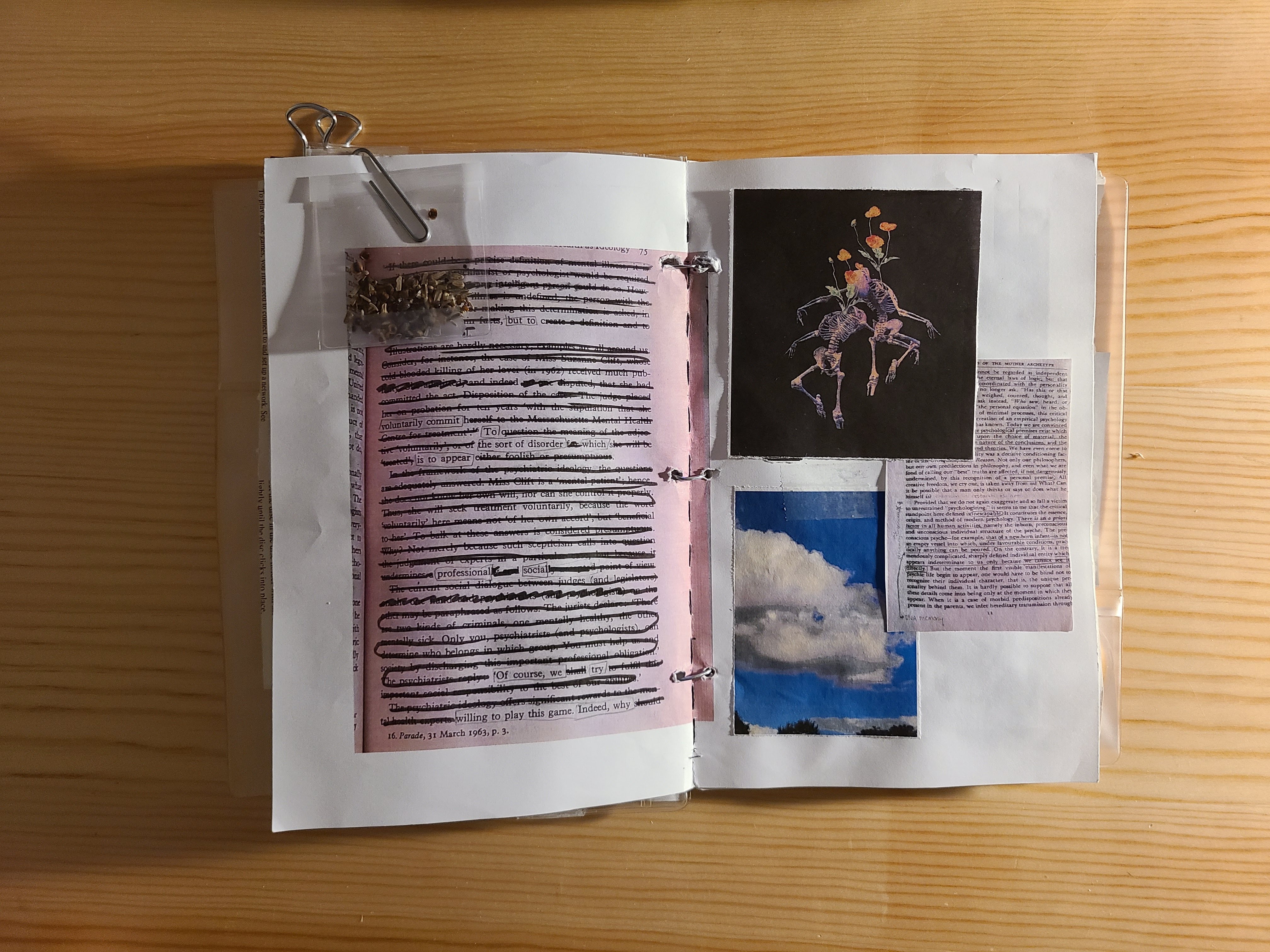
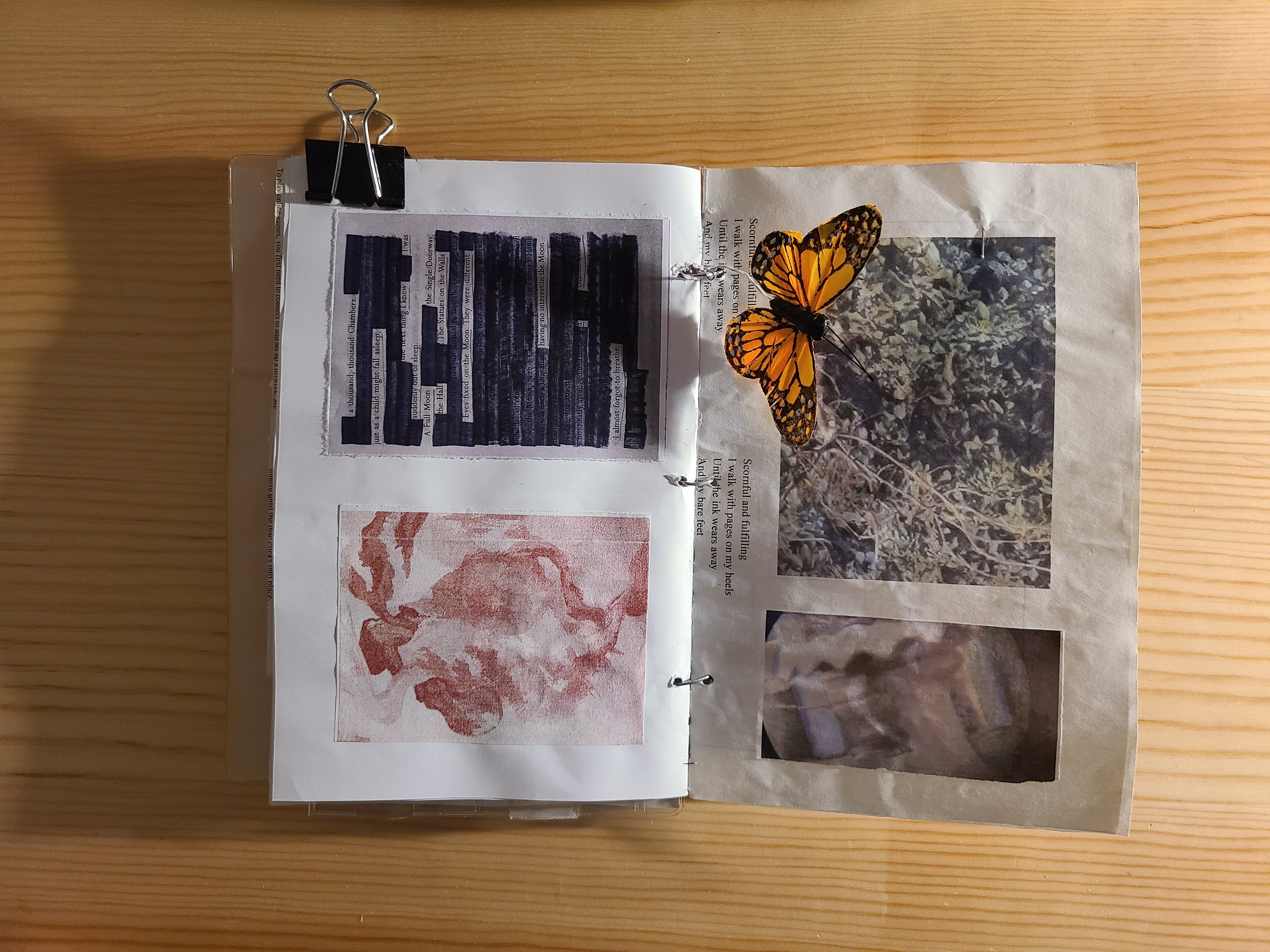
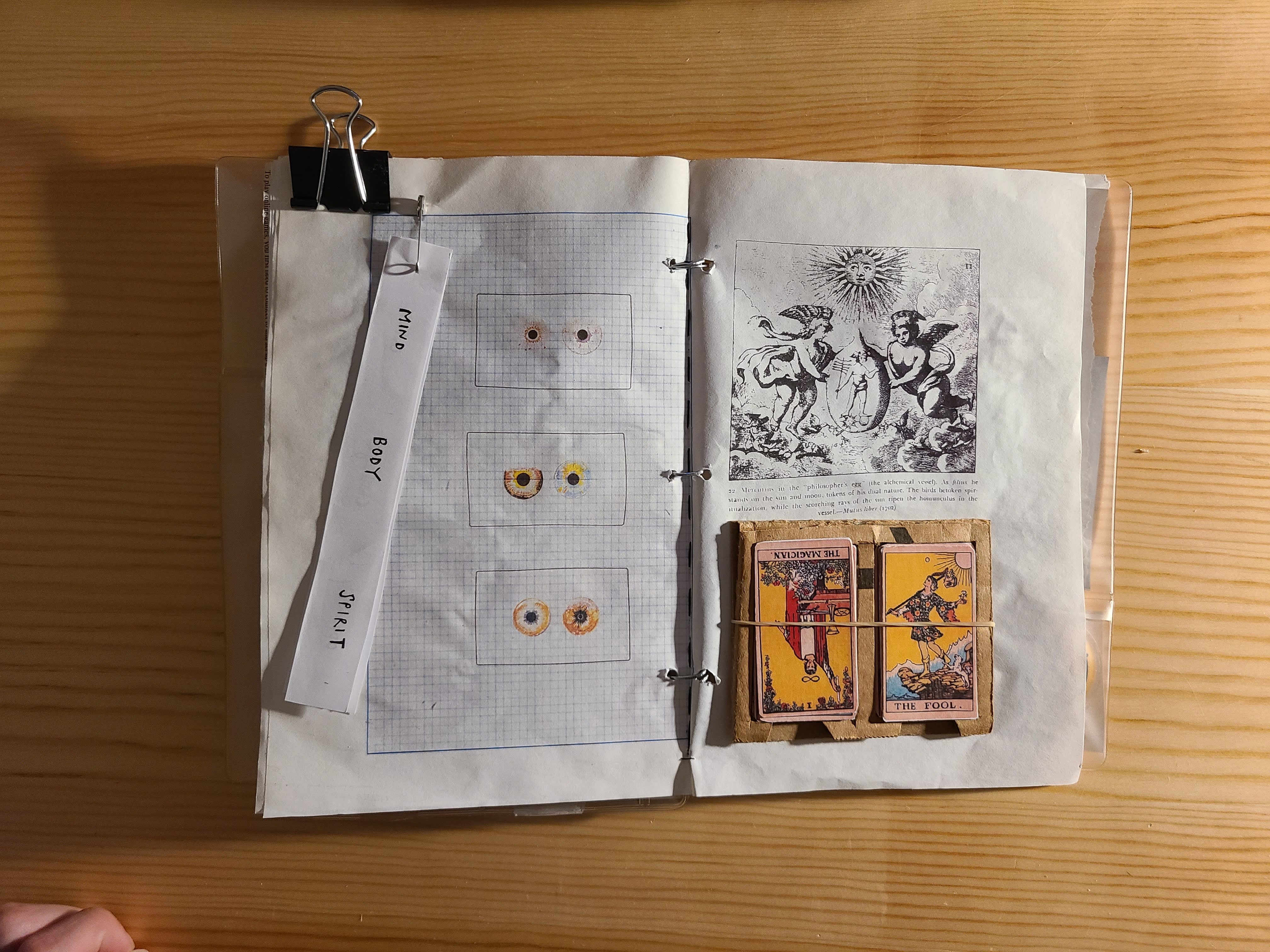
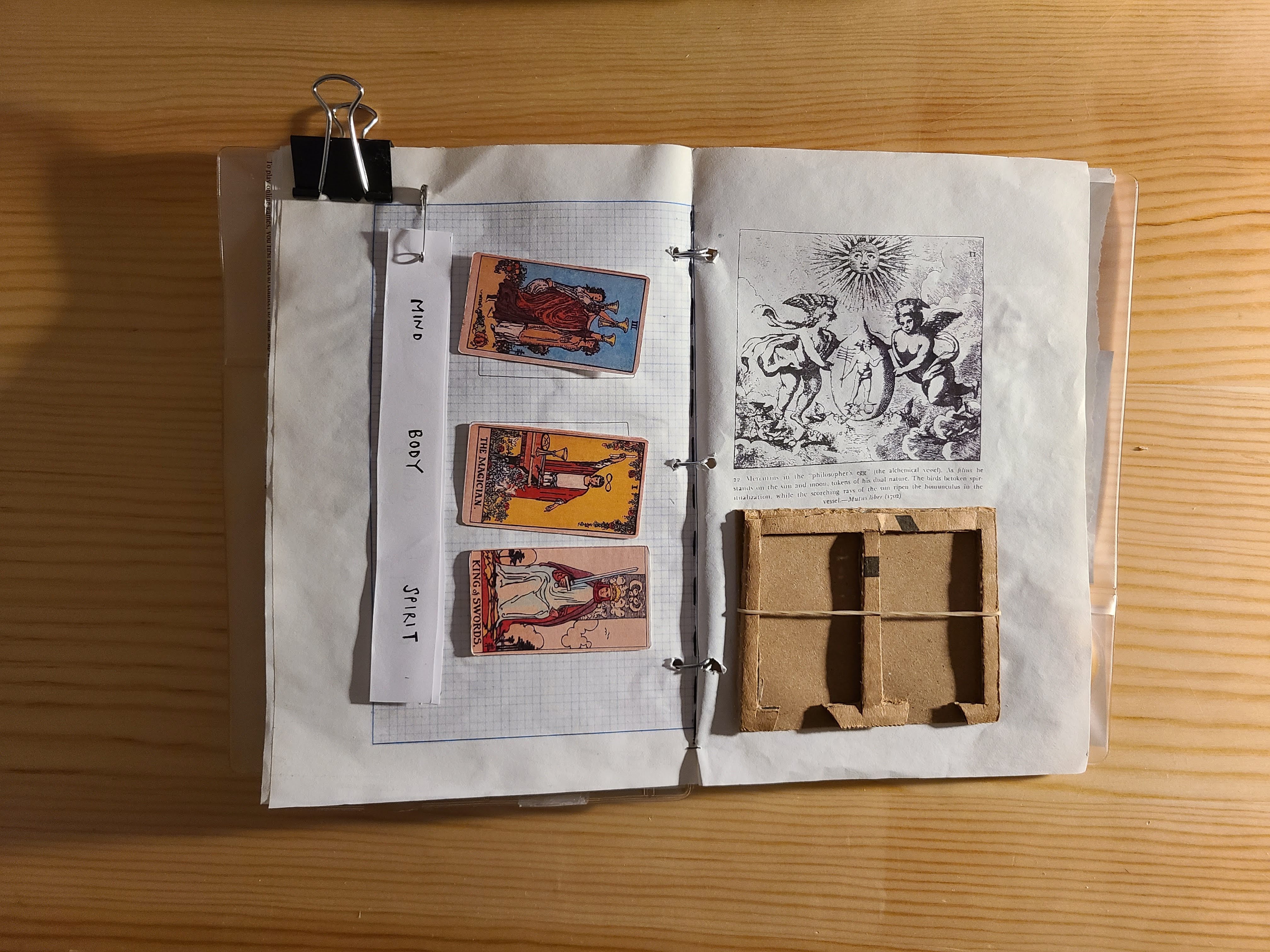
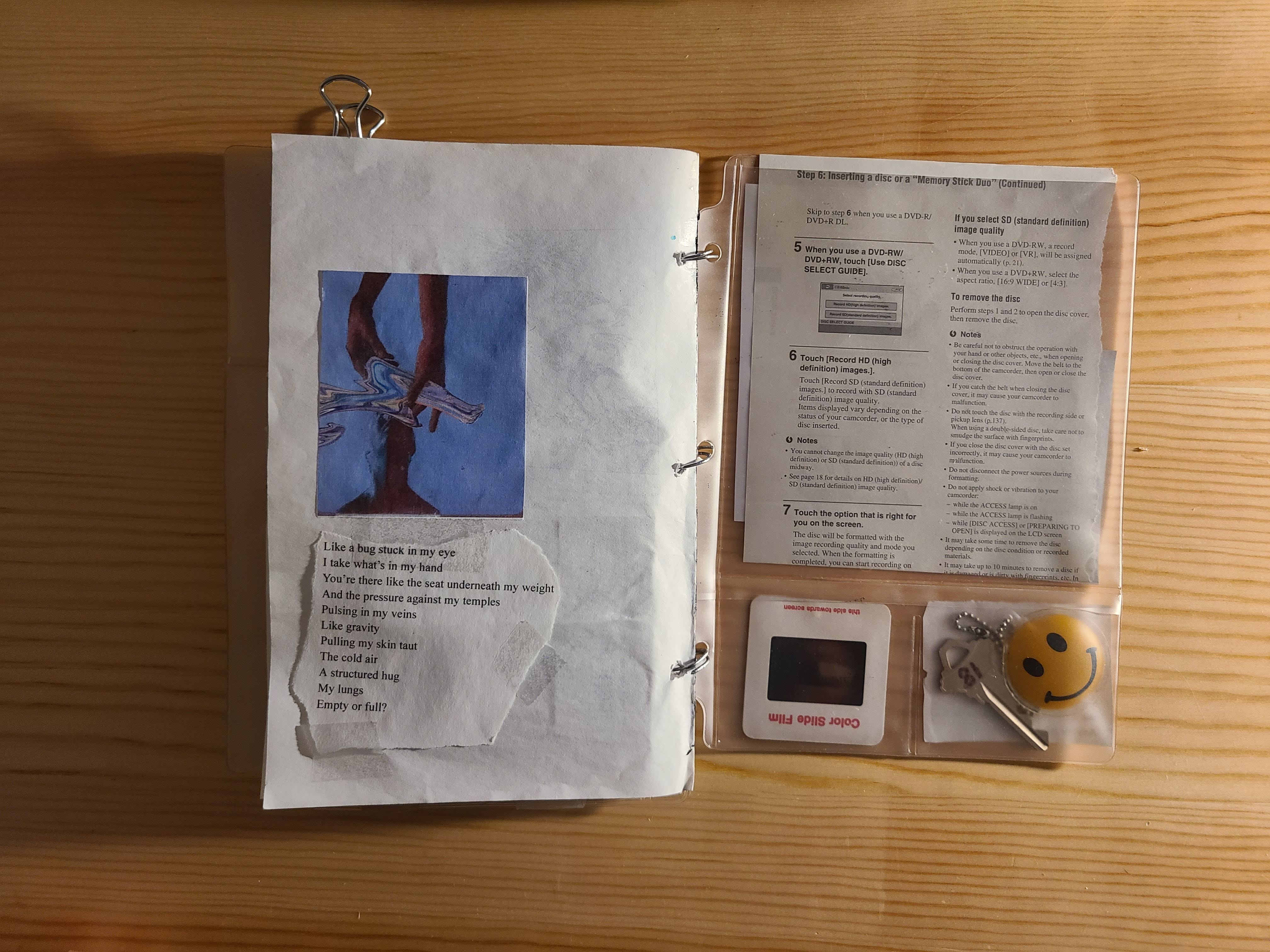
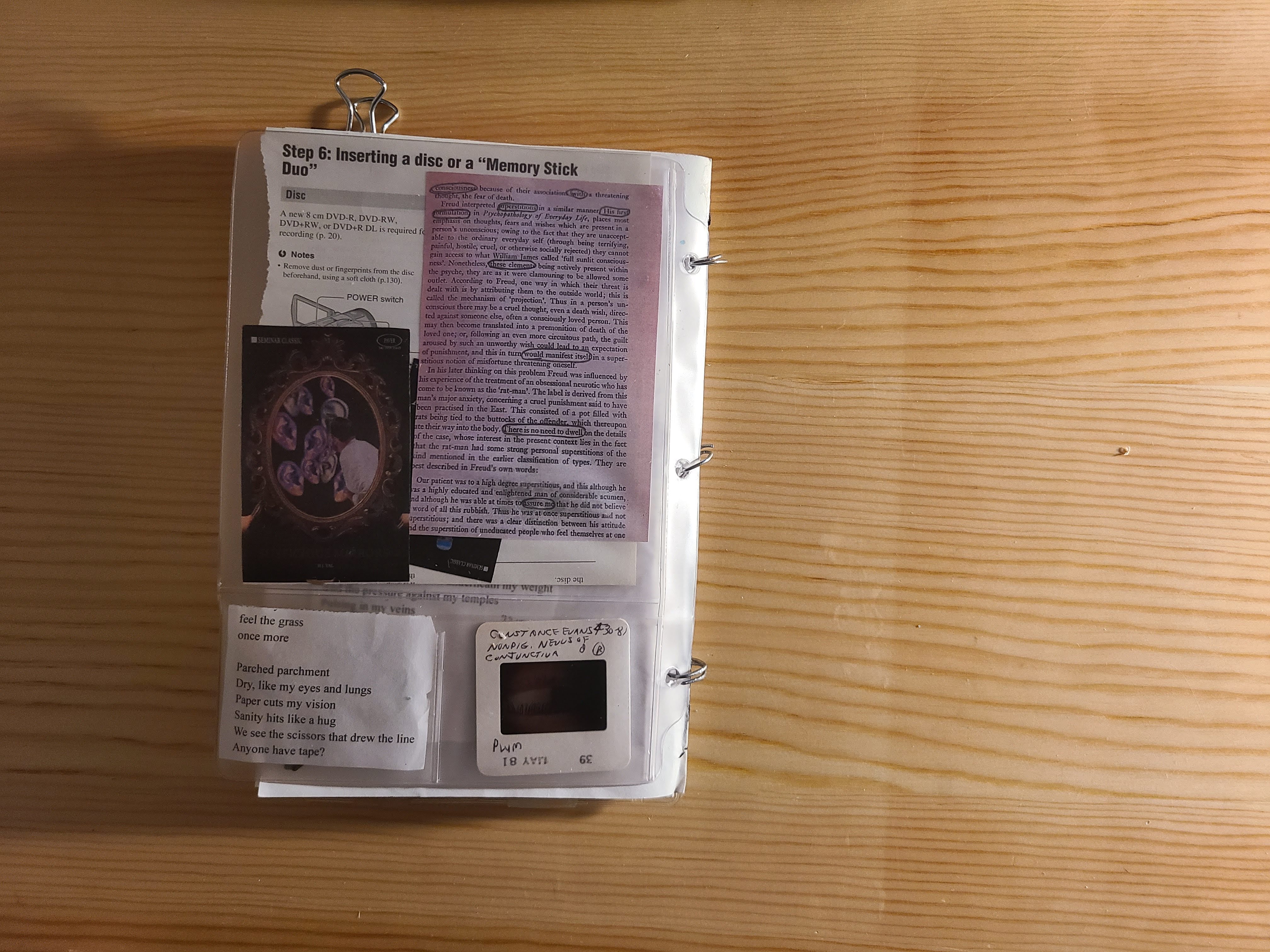
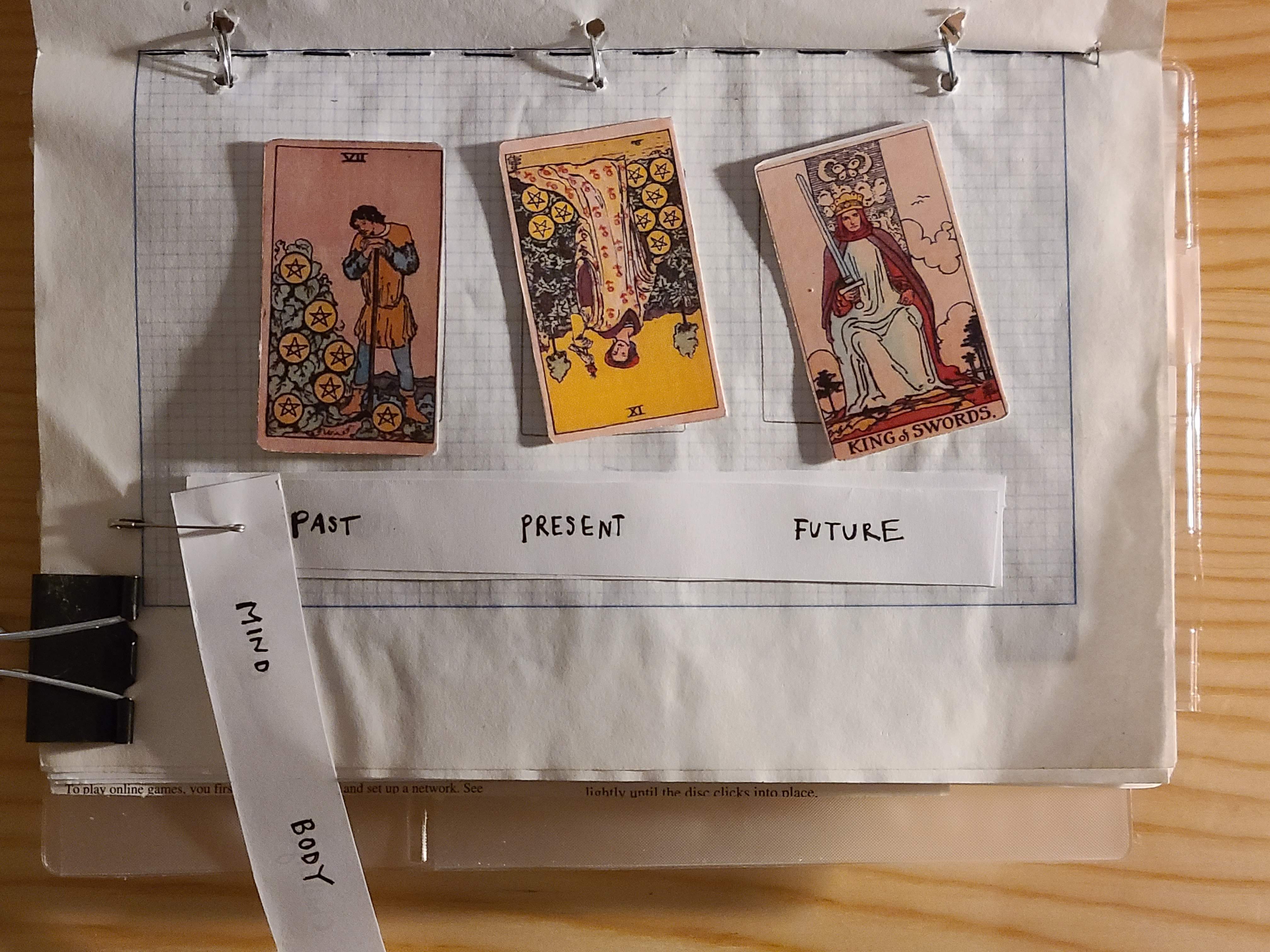
THE INTERACTIONS
The first button brings the user to a follow-along interactivity where they must type what is shown on screen. No instructions are shown as trial, error are an integral part of this exploration. This interactivity between the user and the computer is meant to show complacency when stuck in one’s own head. Having no contact with the external world (no 3D objects directly correlate with this 2D (internal) experience), the user is destined to just keep repeating what their mind already knows. This can go on forever, but if the user makes 10 errors (by mistake or on purpose) the program will kick the player out of the interactivity and bring them back to the introduction screen.
The second button brings the user to a mere video of the ocean, a picture of a journal flashes on the screen briefly. This interactivity is meant to contrast the first interactivity and place the viewer completely in the 3D world. There is nothing to do on-screen, other than see the visual equivalent of peaceful white noise (the ocean). By flashing a picture of a journal on-screen, the viewer is prompted to look at the journal in real life as it’s physically placed just underneath the keyboard. This is meant to symbolize one being present in the external world, an observer meditating over what’s around them.
The third button brings the user to one of two mini games that is randomly chosen. The first mini game is a card game, where the player is prompted to choose the correct card based on the number on the screen. The user must figure out that there is a small physical booklet that shows what number each card represents. Only then can the player figure out the simple mini game. The other possible mini game is a riddle activity. Shown on screen are 5 different objects and a riddle poem. The user is free to choose whichever object they think best answers the riddle. While the other game directly explores the relationship of external definitions and labels that then are projected into one’s internal mind, this second mini game releases labels, putting things into an abstract perspective where the subconscious can freely interpret. The 5 objects shown on screen are also physically present in the art piece, located in a small clear box for the viewer to see, feel and touch as they answer the riddles.
The fourth button displays one video looping. It is a distorted video of a mini mechanical/paper walking person, also physically present in the box. The contrast between the distorted video and the actual 3D object symbolizes possible mental contortion or even convolution. While the 3D object is normal and stable, the video portrays it as highly askew. This ultimately prompts the viewer to question the reliability of one’s internal self.
The fifth button displays a series of instructions. The instructions correlate to the 3D earth sculpture with various objects, also included in the box. The instructions are meant to tell the user where certain objects should be placed on the globe. While this segment represents the multidimensionality of the 3D world, allowing you to see different sides of something, that subsequently allows answers arise and things start to ‘click’ and ‘fit into place,’ it is also a testament to internal control on the external world.
Coded in OpenProcessing. Raspberry Pi, Electronic components, found objects, clay - 2022